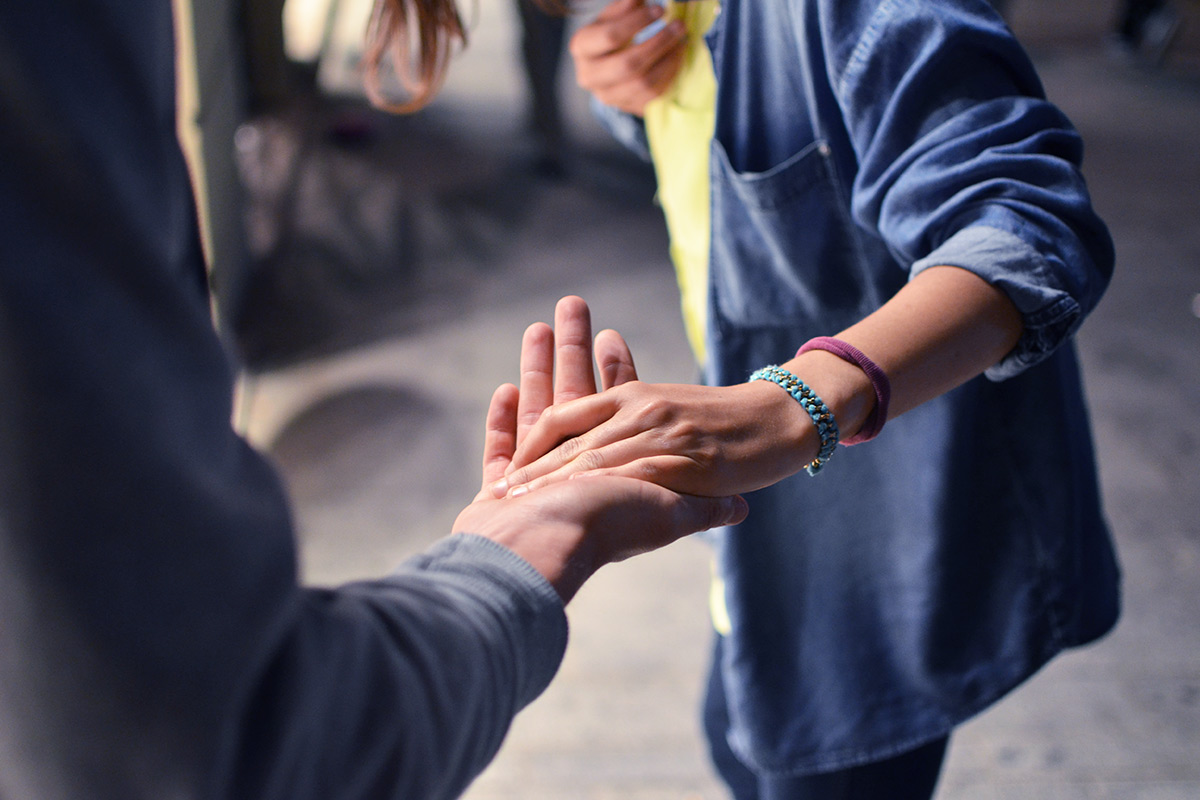What are Harm Reduction Strategies for Drug Abuse?
 If you or a loved one is abusing drugs, you’re not alone. Today, an estimated 24 million Americans have a drug-related substance use disorder. Worse, a 106,000 Americans died in 2021 as a result of drug abuse and drug overdose. Those statistics show that traditional approaches to drug abuse like tough love and cutting people off simply do not work. Instead, they put people in danger, increase substance abuse, and push people into situations where they cannot get out.
If you or a loved one is abusing drugs, you’re not alone. Today, an estimated 24 million Americans have a drug-related substance use disorder. Worse, a 106,000 Americans died in 2021 as a result of drug abuse and drug overdose. Those statistics show that traditional approaches to drug abuse like tough love and cutting people off simply do not work. Instead, they put people in danger, increase substance abuse, and push people into situations where they cannot get out.
Harm reduction strategies for drug abuse take the approach of treating the person as more important than the drug abuse. It means stepping back and accepting that someone is sick and is unable to make good decisions for themselves. And, it means taking steps to reduce the harm of substance abuse as much as possible, so you and your loved ones can be safe.
What Are Harm Reduction Strategies?
The primary goal of a harm reduction strategy for drug abuse is to accept that you can’t get someone to stop using, therefore you want them to use in as safe a manner as possible. This includes an approach for safer use, managed use, meeting people using substances “where they are at” and working to improve the conditions of substance abuse.
This is important because often the conditions of drug abuse are as dangerous as drug use itself. For example:
- People cannot get high or use at home so they do so in public, which puts them at risk of injury, assault, and sexual assault.
- People cannot access clean or safe needles and so share needles and put themselves and others at risk of transmitting STDs and infections.
- People don’t have access to safe resources so find themselves using unsafe substances to get high. For example, cooking heroin for injection with water from a mud puddle. Or using unsafe drugs.
- People don’t have the ability to easily tell if their drugs are safe or if they’ve been cut with a potentially harmful substance. This means they put themselves at risk of overdose every time they get high but often don’t have the self-control to not get high.
- People struggle with substance use disorders and so cannot simply “quit” and when pushed into going cold turkey, often relapse and increase their risk of overdose because their tolerance has dropped.
- People don’t have access to information about how to safely use drugs and so can significantly harm themselves while trying to self-inject, to use pipes, or to get high.
All of this means that people using are in danger from significantly more than “just” drug abuse. Harm reduction strategies work to reduce the harm implicit in drug abuse and in those factors surrounding drug abuse. That gives you or your loved on the chance to get better by ensuring that you can have as safe and as trauma-free of an experience as possible.
Get Your Questions Answered
Harm Reduction Strategies You Can Adopt
 Harm reducing strategies mean taking steps to reduce the harm inherent in substance abuse. Some common steps include:
Harm reducing strategies mean taking steps to reduce the harm inherent in substance abuse. Some common steps include:
Acceptance – Illicit drug use is going to happen. Drug use is a complex phenomenon, and it can stem from a lot of factors like trauma, stress, genetic vulnerabilities, or simply a desire to use and get high. If someone is using and doesn’t want to get better, it’s important to accept that they are using and they are going to use. No amount of being upset, angry, or attempting intervention is likely to change that until they are ready to quit. This means accepting that drug use isn’t going away. Instead, you do care about that person, and you want them to use in as safe and as healthy a way as possible. That also means understanding that qualify of life, continuity of life, and individual happiness are more important than “quitting” drug use.
Providing Help – People who are struggling with substance abuse often need help to use safely. That means taking steps to ensure they have the means to do so. Often, it also means deliberately going out of your way to provide safe access to drugs, drug use, and preventive care. For many people, this step can feel like “Enabling” but as part of harm reduction, you’re accepting that drug use will happen and are taking the steps to make it as safe as possible. That can look like:
- Keeping Narcan or Naloxone (at least 3 doses) on your person at all times.
- Designating a room of your home for someone to use safely
- Finding local supervised injection/consumption sites and driving your loved one there when they want to use
- Ensuring access to safe and clean syringes
- Finding safe-drug use information relevant to the drug(s) you or your loved one are using and following those
- Finding drug test centers and paying for drug tests. Or, getting drug safety test kits like DanceSafe or equivalent kits
- Focusing on safe usage with emphasis on sourcing quality drugs and using in a safe manner over not using at all
- Intervening for safety reasons or not at all
Education – Harm reduction strategies always include education and learning, which may mean helping you or your loved one learn to cope with the real problems behind substance abuse. It can also mean working on strategies to improve quality of life, improve mental health, and improve other things that may contribute to drug abuse. In addition, it means learning how drug abuse and use disorders actually work, how they impact everyone involved, and how to cope with them in a healthy manner. Harm reduction strategies never work to minimize or ignore that illicit drug use can be extremely harmful, it just means accepting that it happens and you can’t prevent it happening, so you want it to happen in as safe of a way as possible.
For many people, taking harm reduction approaches to drug abuse means a considerable shift in mindset. For example, many of us are raised to see substance abuse as a personal failing or as someone choosing to do wrong. Learning how to use safely, how to reduce harm when using, and how to provide safe spaces to use means accepting that use will happen, meeting the user where they are, and taking a core step of saying “you and your health are more important than the fact that you use drugs”. You may have to overcome a lot of biases to actually reach that step. However, it will ensure that your loved one can move through addiction as safely as possible, so they have the chance to recover and to heal.
If you or your loved-one struggles from alcoholism or other substance abuse please contact us today and speak with one of our experienced and professional intake advisors about our alcohol rehab, detox, partial hospitalization, and residential treatment programs. 10 Acre Ranch also has specialty tracks like our pet friendly drug rehab and couples substance abuse treatment programs. We’re here to help you recover.